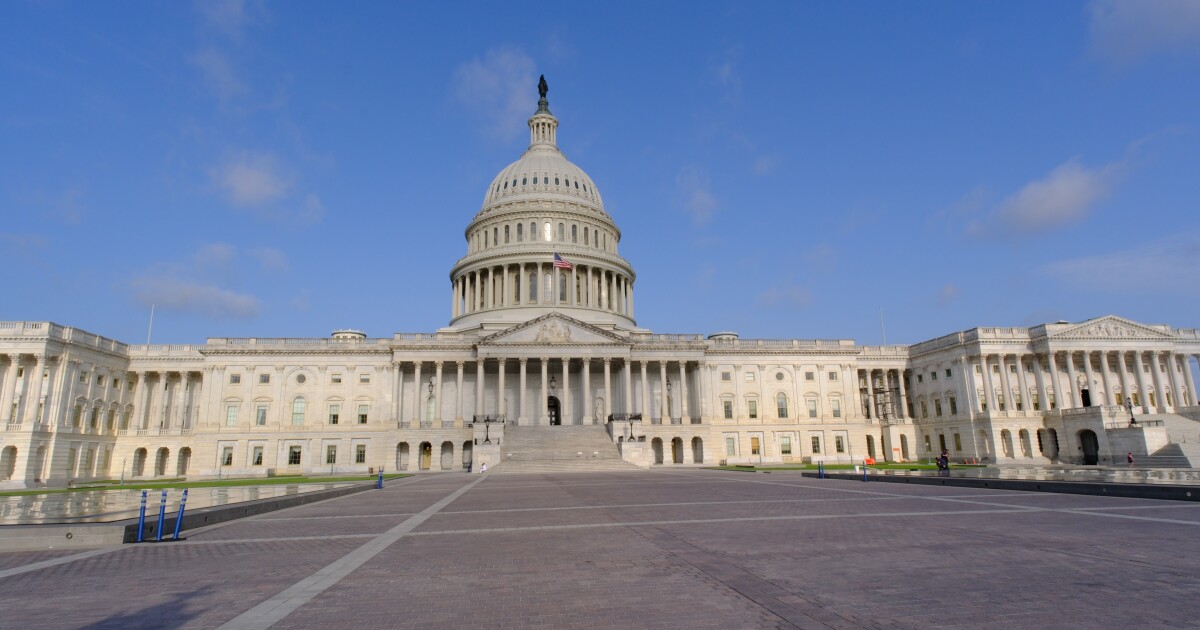
Freddie Mac has made some progress with
"We expect by the end of second quarter 2024/early third-quarter 2024, we'll have a good amount of feedback and early indicators to see if the pilot is doing what we expect," said Sonu Mittal, head of single-family acquisitions for the government-related mortgage investor.
The qualitative goal that results will be measured against whether the program Freddie is testing "is helping us continue to improve manufacturing quality and reduce the waste in the system," Mittal said.
Pilot results could help determine whether the approach could be applied not only more broadly at Freddie but at larger competitor Fannie Mae at a time when their regulator seeks to harmonize how they handle representations and warranties on loans.
Loan buybacks the two government-sponsored enterprises require of mortgage companies in order to remedy certain defects have long been a point of tension, particularly when instances are high and expansive as they were following the recent pandemic housing boom.
In addition to Freddie's test, both GSEs have taken other steps to reduce the strain on their loan sellers while defending the need to engage in a process that remedies for loan flaws. Mortgage Bankers Association considers the pilot to be the closest to industry requests.
Around 14 mortgage companies of varying sizes have agreed to test the sliding-scale fees based on the non-acceptable quality rate for performing loans, according to reports from the Mortgage Bankers Association's
Other actions like
Fannie previously discontinued the previous version of the notification due to considerations around cost and low usage rates, but after repurchases became more common and costly, interest grew, particularly among smaller lenders. That convinced Fannie to rethink the decision.
"The notice provides more time, and provides time without being under the guise of repurchase demand. So that's good," Mills said. "But it does not go so far as Freddie in terms of a rethinking of the entire process. We're very interested in the outcome of the pilot and think it holds promise."
While the MBA would like Fannie to consider adding a pilot like Freddie's, the GSE had no plans to pursue one at the time of this writing. Fannie does plan to review any results with the FHFA and consult its regulator about next steps.
Meanwhile, the defect notice and other steps aimed at improving risk management in this area for both sides of the loan trade have contributed to a reduction in some repurchase related statistics.
Repurchase volumes have been lower than their peak in 2022 but are still above immediate pre-pandemic levels, according to data the MBA analyzed from the Mortgage Bankers Financial Reporting Form, a disclosure government agencies require their counterparties to fill out.
The quarterly average for the amount of repurchased or indemnified loans based on the unpaid principal balance was $849,000 when last measured, according to
Just prior to the pandemic, the average balance of repurchased/indemnified loans rarely rose above $600,000 and 0.12% based on UPB and the percentage of originations, respectively.
Closer to the period when the Great Recession occurred, repurchases were higher and reached averages above $700,000 in UPB or 0.31% of originations at times.
Meanwhile, Freddie has reported near-term improvement in its numbers around defect or "non-acceptable quality" rates it attributes to collaborative work with all 1,700 of its sellers to reduce loan flaws in other ways outside of the pilot.
"We peaked on NAQ rate and repurchase notices issued in the first quarter of 2023. So since then, we've been on a downward trend, and now we are flattening out. If you look at where we are, it's an over 60% improvement in both NAQ rates and repurchase notices," Mittal said.
If the results of Freddie's pilot are in line with early indications and expectations, it could potentially reduce lender costs for performing loan issues too, he said.
In a repurchase, taking a loan back and selling it in the scratch-and-dent market for flawed loans has been costing sellers around 10% to 20% of the loan amount. So if they had a $400,000 mortgage repurchased, they might have to pay $40,000 to $80,000 for just one loan.
Sliding scale fees lenders pay in Freddie's pilot based on the percentage of flawed performing loans they have overall instead would be a quarter of one basis point, or .000025%, of their portfolio value in a particular vintage if their quarterly NAQ rate for it is in the 2-5% range.
So if a lender delivered $3.75 billion in loans to Freddie in a fiscal period, for example, they could end up paying $93,750 across the entire portfolio for a particular origination year.
Lenders interested in the pilot should register their interest with Freddie but understand that it's unlikely to know whether there'll be an opportunity to add other sellers until later this year.
"We'll know more in Q3 what our path forward is," Mittal said.



